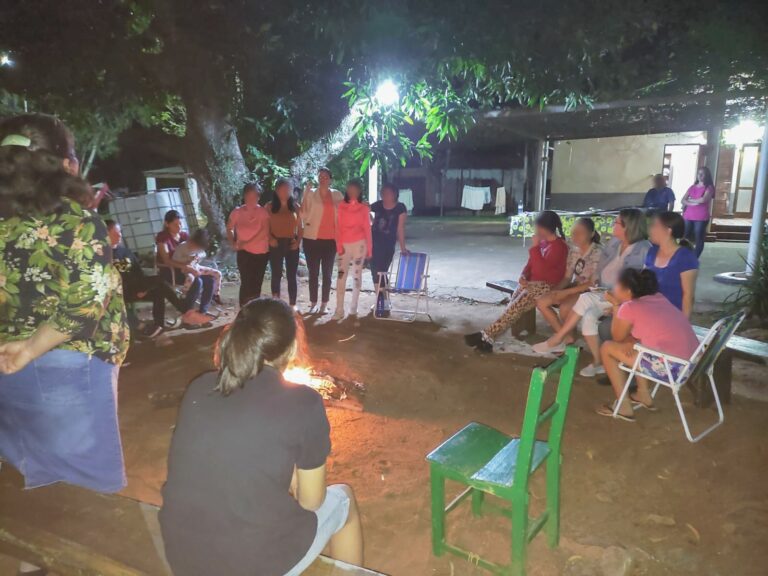The Esmeralda Girls Home is located in the city of Quyquyho, about 180 km south of Asunción; It is an alternative care home, which currently houses girls and adolescents in situations of social risk.
They have been separated from their families for various reasons for their own comprehensive protection.
They’re admitted to the Home by a court order. During that time, alternative solutions to the causes that have originated said removal from the family nucleus are sought.
The permanence of the girls in the home is temporary, pending various factors, waiting for better conditions in their original family unit. If those conditions are healthy and appropriate, then they can be reinserted back there. In the event that they cannot return to their families of origin, the possibilities of fostering or even adoption by a family are evaluated. In all cases, decisions are made under the course of a Judge’s disposition.
During their stay in the home, girls and adolescents receive comprehensive support in the areas of education, health, psychosocial and spiritual support, including the necessary maintenance. Since the home does not receive any financial assistance from the state, its sustenance depends entirely on self-managed initiatives and the valuable collaboration of donors. The home has two residential units, in which seven girls can be housed in each unit, and in each of them also a “caretaker aunt” who looks after them full time. The campus is made up of four people who alternate the care work, including weekends. In addition, a technical team made up of a social worker, a psychologist and a lawyer provide permanent assistance.
The place also has its own dental clinic, an orchard, a chicken coop, a playground, a kitchen, a dining room, a large patio area with recreational areas, and a residence for the director, who is responsible for caring for and attending to the general needs of the girls and the household. A yard staff is in charge of maintenance and gardening.
They have been separated from their families for various reasons for their own comprehensive protection.
They’re admitted to the Home by a court order. During that time, alternative solutions to the causes that have originated said removal from the family nucleus are sought.
The permanence of the girls in the home is temporary, pending various factors, waiting for better conditions in their original family unit. If those conditions are healthy and appropriate, then they can be reinserted back there. In the event that they cannot return to their families of origin, the possibilities of fostering or even adoption by a family are evaluated. In all cases, decisions are made under the course of a Judge’s disposition.
During their stay in the home, girls and adolescents receive comprehensive support in the areas of education, health, psychosocial and spiritual support, including the necessary maintenance. Since the home does not receive any financial assistance from the state, its sustenance depends entirely on self-managed initiatives and the valuable collaboration of donors. The home has two residential units, in which seven girls can be housed in each unit, and in each of them also a “caretaker aunt” who looks after them full time. The campus is made up of four people who alternate the care work, including weekends. In addition, a technical team made up of a social worker, a psychologist and a lawyer provide permanent assistance.
The place also has its own dental clinic, an orchard, a chicken coop, a playground, a kitchen, a dining room, a large patio area with recreational areas, and a residence for the director, who is responsible for caring for and attending to the general needs of the girls and the household. A yard staff is in charge of maintenance and gardening.



